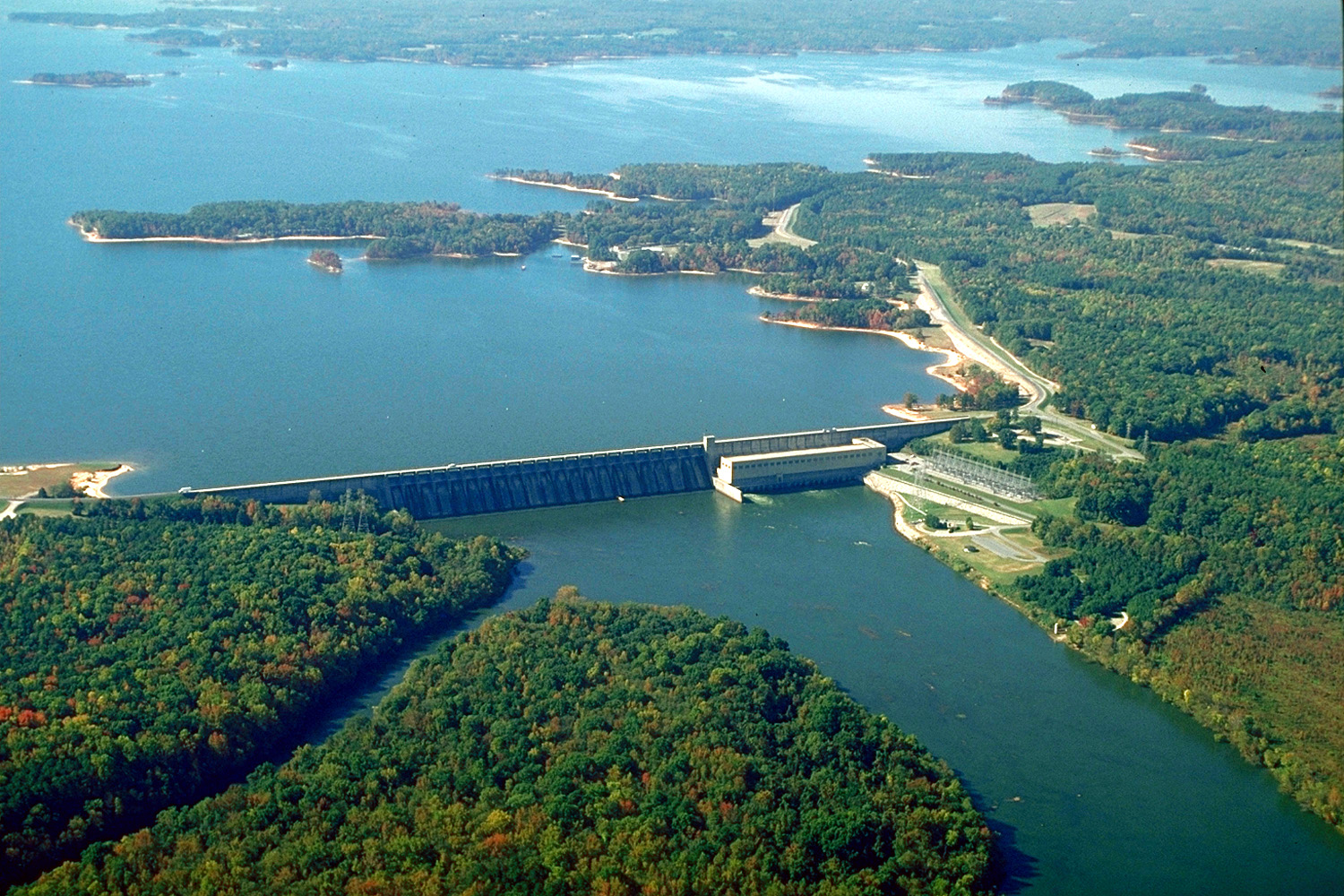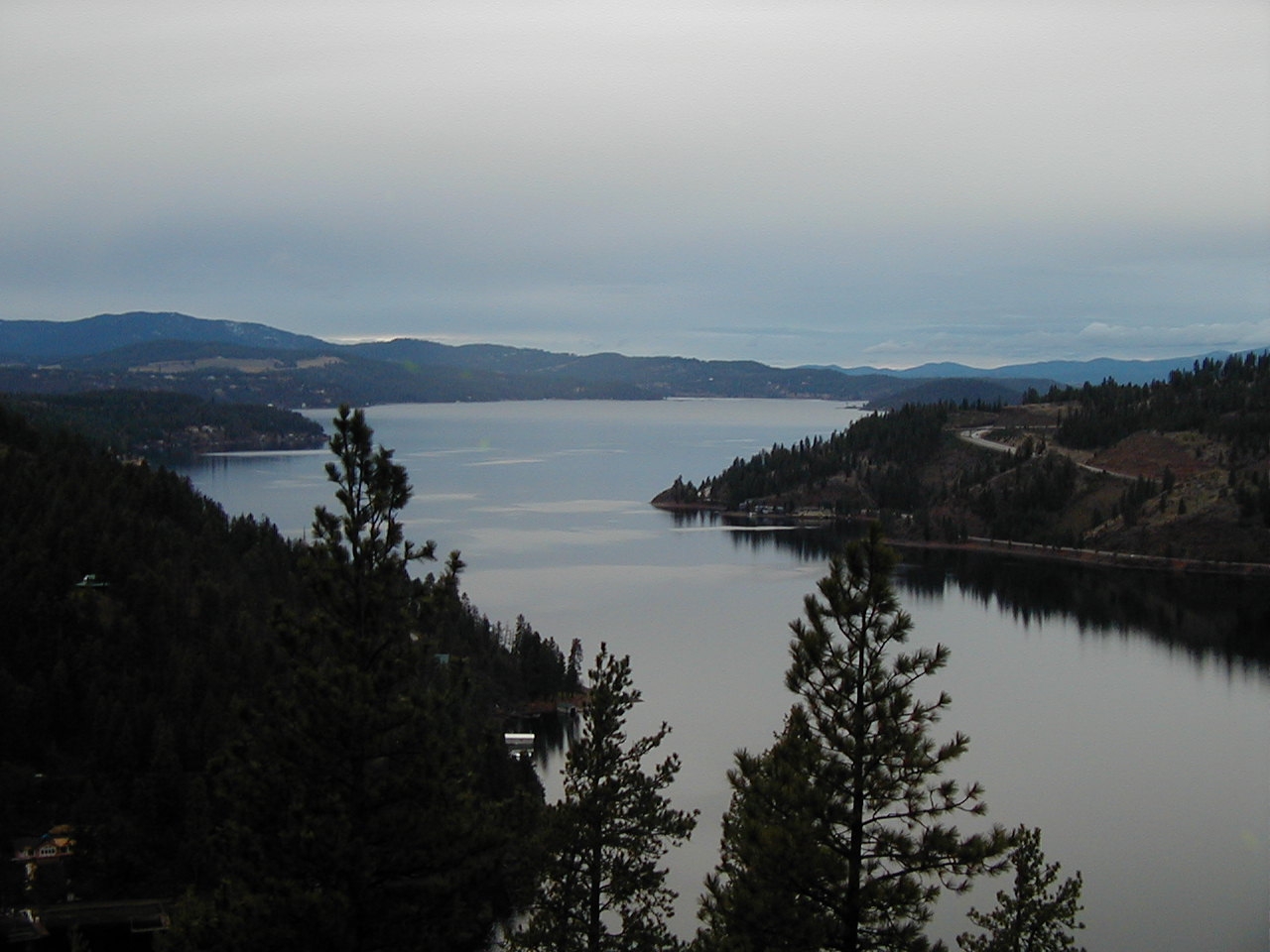Controlled lake on:
[Wikipedia]
[Google]
[Amazon]
 A controlled lake is both a general and specific term to describe a body of water. In its general sense it describes a
A controlled lake is both a general and specific term to describe a body of water. In its general sense it describes a
 The term "controlled lake" is used to describe a body of water – whether a natural lake enlarged by emplacement of a dam, a formerly dry area flooded and dammed, or a stretch in a natural watercourse such as a stream or river dammed to create a manmade impoundment – that has its level controlled by a dam.
The purpose of the dam – whether to generate electricity, manage
The term "controlled lake" is used to describe a body of water – whether a natural lake enlarged by emplacement of a dam, a formerly dry area flooded and dammed, or a stretch in a natural watercourse such as a stream or river dammed to create a manmade impoundment – that has its level controlled by a dam.
The purpose of the dam – whether to generate electricity, manage
 The term "controlled lake" is used by the
The term "controlled lake" is used by the Rules and Regulations for the Protection from Contamination, Degradation and Pollution of the New York City Water Supply and its Sources, Final Regulations, Chapter 18 – New York City, Subchapter A, Section 18-16 – Definitions (20) "Controlled lake means a lake from which the City may withdraw water pursuant to rights acquired by the City or as a right of ownership. The controlled lakes are: Kirk Lake, Lake Gleneida and Lake Gilead".
/ref> These are
/ref> Recreational use of the controlled lakes falls under DEP regulations; its guidelines and requirements are liste
here
Fishing and self-powered boating are allowed with a valid DEP permit and New York State Department of Environmental Conservation-issued fishing license. Swimming is prohibited.
 A controlled lake is both a general and specific term to describe a body of water. In its general sense it describes a
A controlled lake is both a general and specific term to describe a body of water. In its general sense it describes a lake
A lake is an area filled with water, localized in a basin, surrounded by land, and distinct from any river or other outlet that serves to feed or drain the lake. Lakes lie on land and are not part of the ocean, although, like the much large ...
or reservoir
A reservoir (; from French ''réservoir'' ) is an enlarged lake behind a dam. Such a dam may be either artificial, built to store fresh water or it may be a natural formation.
Reservoirs can be created in a number of ways, including contro ...
which has its water level controlled by some form of dam
A dam is a barrier that stops or restricts the flow of surface water or underground streams. Reservoirs created by dams not only suppress floods but also provide water for activities such as irrigation, human consumption, industrial use ...
. In the specific, it refers to three small lakes within the New York City water supply system
A combination of aqueducts, reservoirs, and tunnels supplies fresh water to New York City. With three major water systems ( Croton, Catskill, and Delaware) stretching up to away from the city, its water supply system is one of the most exte ...
's Croton Watershed
The Croton Watershed is the New York City water supply system's name for its southernmost watershed and its infrastructure,{{efn, Including dams, spillways, tunnels, pumps, and related mechanical components not part of a hydrological drainage bas ...
lying within central Putnam County in the state's far southwestern corner.
Types
Control of water level
 The term "controlled lake" is used to describe a body of water – whether a natural lake enlarged by emplacement of a dam, a formerly dry area flooded and dammed, or a stretch in a natural watercourse such as a stream or river dammed to create a manmade impoundment – that has its level controlled by a dam.
The purpose of the dam – whether to generate electricity, manage
The term "controlled lake" is used to describe a body of water – whether a natural lake enlarged by emplacement of a dam, a formerly dry area flooded and dammed, or a stretch in a natural watercourse such as a stream or river dammed to create a manmade impoundment – that has its level controlled by a dam.
The purpose of the dam – whether to generate electricity, manage flood control
Flood control methods are used to reduce or prevent the detrimental effects of flood waters."Flood Control", MSN Encarta, 2008 (see below: Further reading). Flood relief methods are used to reduce the effects of flood waters or high water level ...
, provide water for drinking, irrigation
Irrigation (also referred to as watering) is the practice of applying controlled amounts of water to land to help grow crops, landscape plants, and lawns. Irrigation has been a key aspect of agriculture for over 5,000 years and has been devel ...
or recreational opportunities, increase shoreline real estate values, or any combination thereof – does not matter; nor does the size of dam or water body created, which can vary between an oversized pond controlled by a floodgate
Floodgates, also called stop gates, are adjustable gates used to control water flow in flood barriers, reservoir, river, stream, or levee systems. They may be designed to set spillway crest heights in dams, to adjust flow rates in sluices a ...
or the nearly Lake Mead
Lake Mead is a reservoir formed by the Hoover Dam on the Colorado River in the Southwestern United States. It is located in the states of Nevada and Arizona, east of Las Vegas. It is the largest reservoir in the US in terms of water capacity. L ...
impounded by the Hoover Dam, only that the water body's water level is artificially controlled.
Last, it does not matter whether the water body is referred to as a "lake" when in reality it is a reservoir; that is merely a matter of convention, often tracing back to the body's name in its natural state.
New York City watershed
 The term "controlled lake" is used by the
The term "controlled lake" is used by the New York City water supply system
A combination of aqueducts, reservoirs, and tunnels supplies fresh water to New York City. With three major water systems ( Croton, Catskill, and Delaware) stretching up to away from the city, its water supply system is one of the most exte ...
to describe three small auxiliary reservoir
A reservoir (; from French ''réservoir'' ) is an enlarged lake behind a dam. Such a dam may be either artificial, built to store fresh water or it may be a natural formation.
Reservoirs can be created in a number of ways, including contro ...
s within its Croton Watershed
The Croton Watershed is the New York City water supply system's name for its southernmost watershed and its infrastructure,{{efn, Including dams, spillways, tunnels, pumps, and related mechanical components not part of a hydrological drainage bas ...
which it either owns or has rights to draw water from./ref> These are
Lake Gleneida
Lake Gleneida is a controlled lake in the hamlet of Carmel within the Town of Carmel in central Putnam County, New York. Originally a smaller natural water body, Shaw's Pond, it was dammed by New York City in 1870 and enlarged to for inclusion ...
and Lake Gilead in the hamlet of Carmel, and Kirk Lake in the hamlet of Mahopac, both within the town of Carmel in Putnam County, New York
Putnam County is a county located in the U.S. state of New York. As of the 2020 census, the population was 97,668. The county seat is Carmel. Putnam County formed in 1812 from Dutchess County and is named for Israel Putnam, a hero in t ...
.
Each has a dam and spillway controlling its outflow. "Controlled" further applies to ''controlled access'' and ''controlled use'', in order to protect the sanitation of the drinking water supply they potentially contain.
The three lakes fall under the jurisdiction of the New York City Department of Environmental Protection
The New York City Department of Environmental Protection (DEP) is the department of the government of New York City that manages the city's water supply and works to reduce air, noise, and hazardous materials pollution.
Under a 1.3 billion do ...
's Bureau of Water Supply, which manages, operates and protects the city's upstate water supply system. The City may withdraw water from the "controlled lakes" pursuant to rights acquired by the City or as a right of ownership.New York State Department of Health Regulations, Part 128-1.6(a)(20) - Definitions: Controlled lake/ref> Recreational use of the controlled lakes falls under DEP regulations; its guidelines and requirements are liste
here
Fishing and self-powered boating are allowed with a valid DEP permit and New York State Department of Environmental Conservation-issued fishing license. Swimming is prohibited.
See also
*Reservoir
A reservoir (; from French ''réservoir'' ) is an enlarged lake behind a dam. Such a dam may be either artificial, built to store fresh water or it may be a natural formation.
Reservoirs can be created in a number of ways, including contro ...
* Water right
Water right in water law refers to the right of a user to use water from a water source, e.g., a river, stream, pond or source of groundwater. In areas with plentiful water and few users, such systems are generally not complicated or contentiou ...
References
{{authority control Croton Watershed Water infrastructure of New York City Lakes of Putnam County, New York Reservoirs in Putnam County, New York Lakes of New York (state) Reservoirs in New York (state) Protected areas of Putnam County, New York